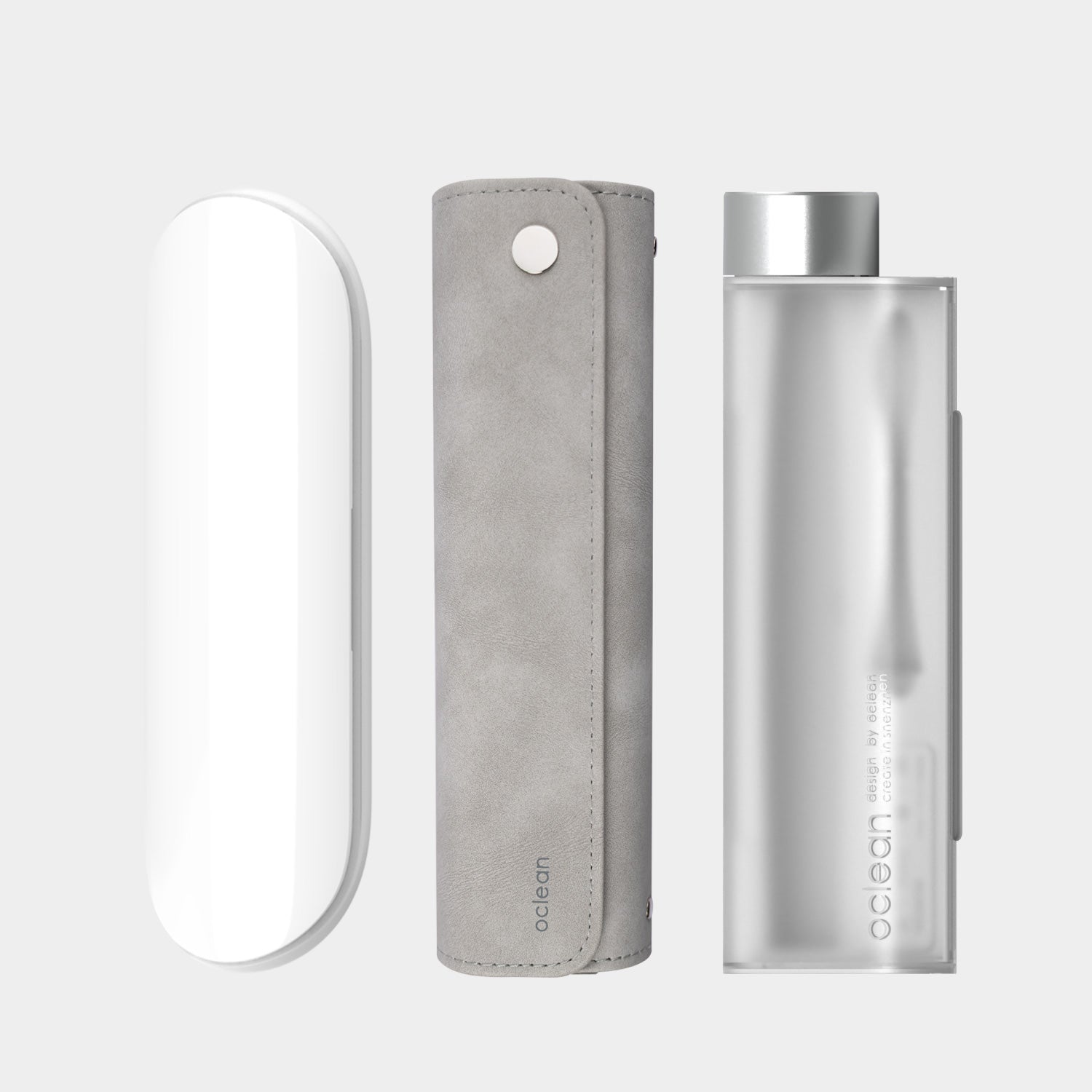Coconut Oil and Teeth Whitening
The internal urge to look beautiful and classy has been growing in humans since ages. Shiny white teeth are considered the hallmark of beauty. For this reason, we, as humans, are eagerly in search of cost-effective methods to whiten teeth. In this context, using coconut oil for teeth whitening is one of the most discussed topics on online forums.
Can coconut oil whiten teeth? We’ll answer this question in light of scientific evidence. But first, let’s talk briefly about how it all started.
Oil Pulling and Teeth whitening
Coconut oil pulling is an old traditional method to whiten teeth. It’s a fundamental part of Aryuvedic medicine. The modern-day procedure to do so involves the following steps:
- Place a tablespoon of coconut oil on the tongue
- Wait until the oil is mixed with saliva and is flowy
- Swish the oil between your teeth for 20 minutes, at least
- Take care ‘not’ to gargle
- Brush teeth with soft bristled manual or electric toothbrush
Does coconut oil whiten teeth?
Research shows no evidence to suggest that coconut oil pulling guarantees teeth whitening. Moreover, American Dental Association (ADA) also shares the same views and recommends brushing teeth twice and flossing once daily.

However, coconut oil has many proven dental benefits, such as:
· Antibacterial properties
Asian Journal of Pharmaceutical and Clinical Research shows that the purest form of coconut oil has antibacterial properties. It works on the mechanism of inhibiting bacterial growth. Moreover, it is highly efficacious against the following bacteria;
- aeruginosa
- aureus
- epidermidis
- acnes
Almost all of these bacteria are a part of the oral flora. Their inhibition equals inhibition of dental decay alongside other dental diseases. Thus, we can say that coconut oil pulling improves oral hygiene.
· Prevention of mouth odour
Malodor is associated with an increase in odour-producing bacteria. Not only does this lead to social disapproval, but it also reduces one’s self-esteem. All the odour-producing bacteria have been mentioned previously. The inhibition of the growth of these bacteria equals the prevention of mouth odour. Thus, we can say coconut oil pulling prevents malodor.
· Prevention of gum disease
Bleeding is the first sign of gum disease or gingivitis. A study published in the National Library of Medicine states that the massage of gums with coconut oil prevents gum disease. Thus, coconut oil pulling is effective against gum disease.
Which teeth-whitening solutions genuinely work?
Teeth whitening can be done at home as well as in a dental office.
· Teeth whitening at home:
In addition to the direct use of baking soda and xylitol, other teeth-whitening solutions include;
- Teeth whitening strips– The main component of these strips is hydrogen peroxide. They stick to your teeth and can be worn throughout the day. Effective results can be seen after 20 days.
- Teeth whitening toothbrushes– When used in conjunction with hydrogen peroxide gel, sonic electric toothbrushes can result in whiter teeth. This should be done twice a day for 30 days for effective results. Moreover, smart toothbrush at Oclean are one of a kind. Be sure to check them out as well.
- Teeth whitening pen – The pen contains a hydrogen peroxide gel. It should be applied on the tooth for 20 minutes and then rinsed out. Effective results can be seen within a week.
- Teeth whitening toothpaste – Fluoride containing toothpastes (alongside silica and H2O2) are well known to produce a whiter smile.
- Teeth whitening gel – The main component of this gel is carbamide peroxide. Placing it for 2 minutes twice daily for 14 days produces effective results. The only associated disadvantage is that the gel may get clumpy over time.
· Teeth whitening at a dental office:
Teeth whitening at a dental professional’s office involves the following steps;
- Consultation appointment that involves discussion on how many shades lighter a dentist can go
- Proper isolation with cotton rolls and pellets or a rubber dam
- Proper protection of gum-line that separates the gum-line from tooth
- Application of whitening agent on the tooth followed by blue-light exposure
- Then the suction of the whitening gel is done. Here, the 1stround of whitening process is completed.
- After the 1stround of whitening, 2 to 3 more rounds are done.
After completing the professional whitening process, you will be instructed to avoid carbonated and caffeinated drinks for 24 hours.
Bottom line:
There is no scientific evidence that suggests that coconut oil pulling whitens teeth. In addition, American Dental Association (ADA) does not recommend the use of coconut oil pulling for teeth whitening. However, coconut oil has other ‘proven’ benefits, such as eliminating and preventing bacteria, malodor, and gum disease. Moreover, professional and home-based teeth whitening solutions have been discussed in the preceding sections.
Whatever teeth whitening procedure you opt for, maintenance of oral hygiene is imperative. This involves brushing twice and flossing once daily.
*Cover image from Freepik @jannoon028 and @jcomp, we will delete it if constitutes infringement *














































































